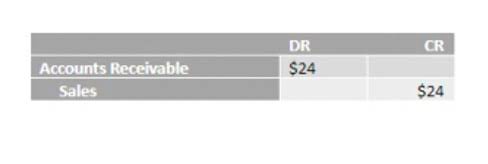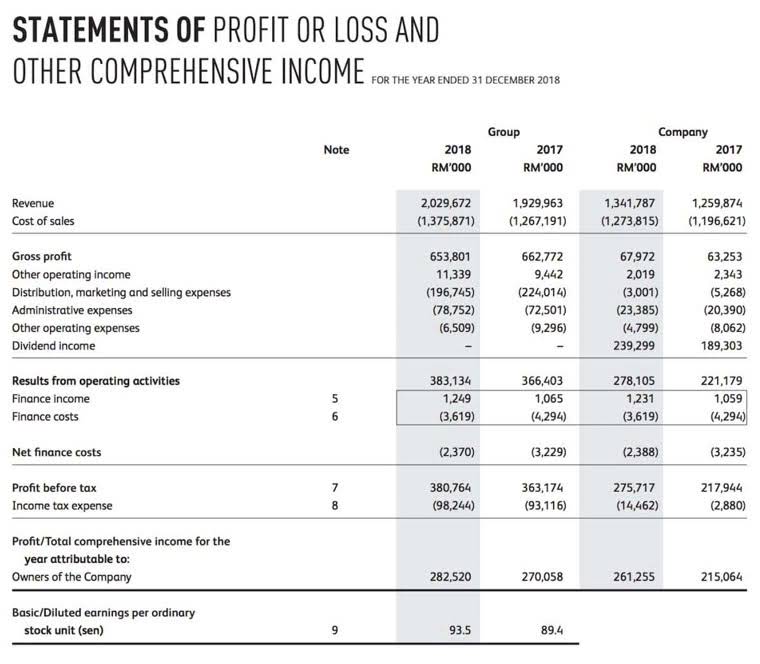
The income statement is an essential part of the statement of comprehensive income. It’s important to note that if your business doesn’t have items that fit under OCI, the statement of comprehensive income may not be necessary. In the expenses section, the cost of goods sold, operating expenses, and loss statement of comprehensive income of the exchange rate are recorded in the same sections.
Key Differences Between the Two Statements
Businesses can pinpoint regions with high costs and look into cost-cutting options. Decisions about cost management, budgeting, and increasing operational effectiveness are aided by this study. This section lists the company’s total sales or revenue generated from its primary recording transactions operations.

#1 – Translation Adjustments

They work for many purposes, from assessing risks in new startups to making big investment decisions in established companies. Analyzing the Statement of Comprehensive Income is crucial for understanding a company’s financial health and making informed decisions. This section explores how to analyze this statement, understand the impact of Comprehensive Income on financial health, and use ratio analysis and performance metrics.
Everything to Run Your Business
- Whenever CI is listed on the balance sheet, the statement of comprehensive income must be included in the general purpose financial statements to give external users details about how CI is computed.
- The logical flow of data entry fields helps users accurately record financial information without confusion or guesswork.
- For example, if a company sells an investment that had previously been marked as an unrealized gain in other comprehensive income, the gain is reclassified to net income upon sale.
- It gives a more complete picture of the financial results by including items that are not reflected in the income statement, and helps investors and analysts assess the long-term financial prospects of the business.
- The statement can show the earning per share and how the net profits are distributed according to the outstanding shares.
The reason is its main business activities involve buying and selling floral products (not buying and selling delivery vehicles). Many corporations have accounting years that begin on January 1 and end on December 31. This https://www.bookstime.com/articles/disbursement one-year period of time (or time interval) is referred to as a calendar year. A calendar year corporation will have quarterly accounting periods that end on March 31, June 30, September 30, and December 31.

Stop Wasting Time on Financial Research

The third section of the statement of cash flows reports the cash received when the corporation borrowed money or issued securities such as stock and/or bonds. Since the cash received is favorable for the corporation’s cash balance, the amounts received will be reported as positive amounts on the SCF. The positive net income reported on the income statement also causes an increase in the corporation’s retained earnings (a component of stockholders’ equity). A negative net income (a net loss) will cause a decrease in retained earnings.
- You’ll need to prepare a performance statement with other financial statements to figure out how much revenue your company has made.
- A calendar year corporation will have quarterly accounting periods that end on March 31, June 30, September 30, and December 31.
- The landscape of financial reporting, including the presentation of the Statement of Comprehensive Income, is continually evolving due to changes in reporting standards and the increasing role of technology.
- For example, if a company sells retail goods, any interest expense incurred is a finance cost, and is not due to being in the retail business.
- Owner transactions are those such as share issues and dividends and are not part of the statement of comprehensive income.
- A current asset representing amounts paid in advance for future expenses.
